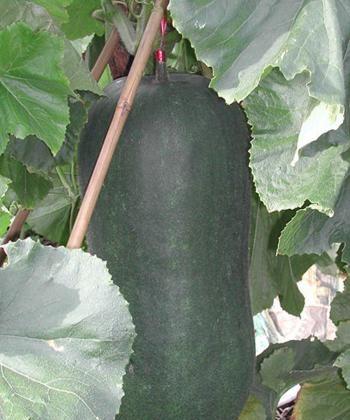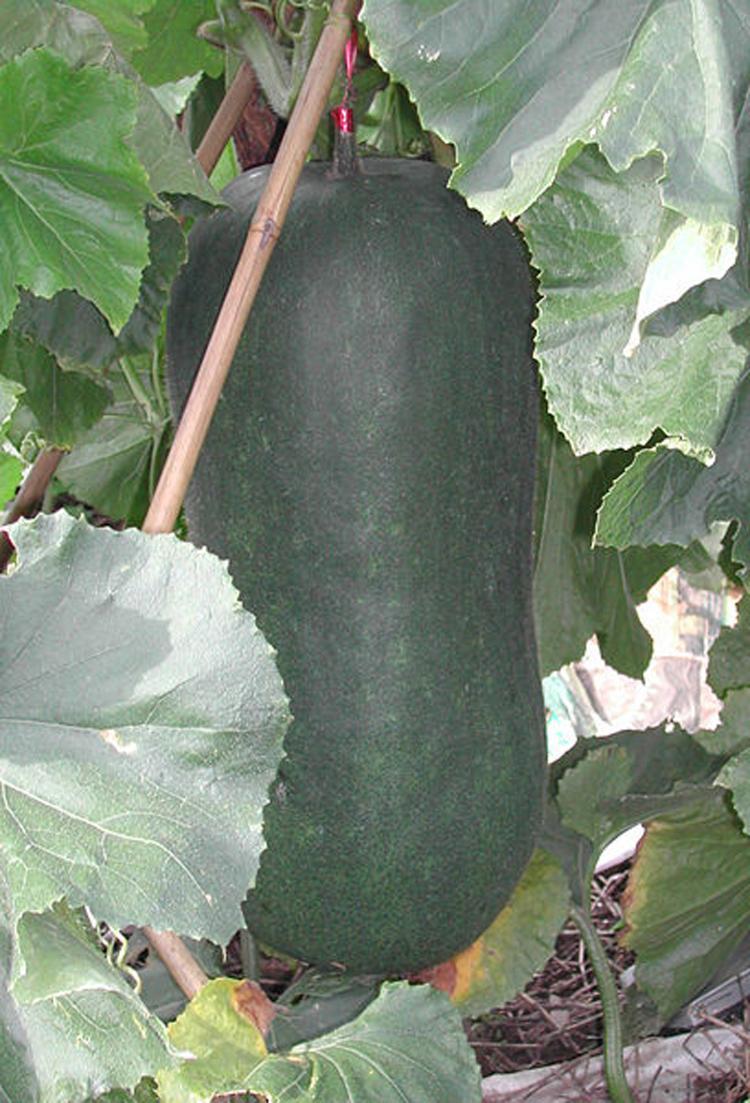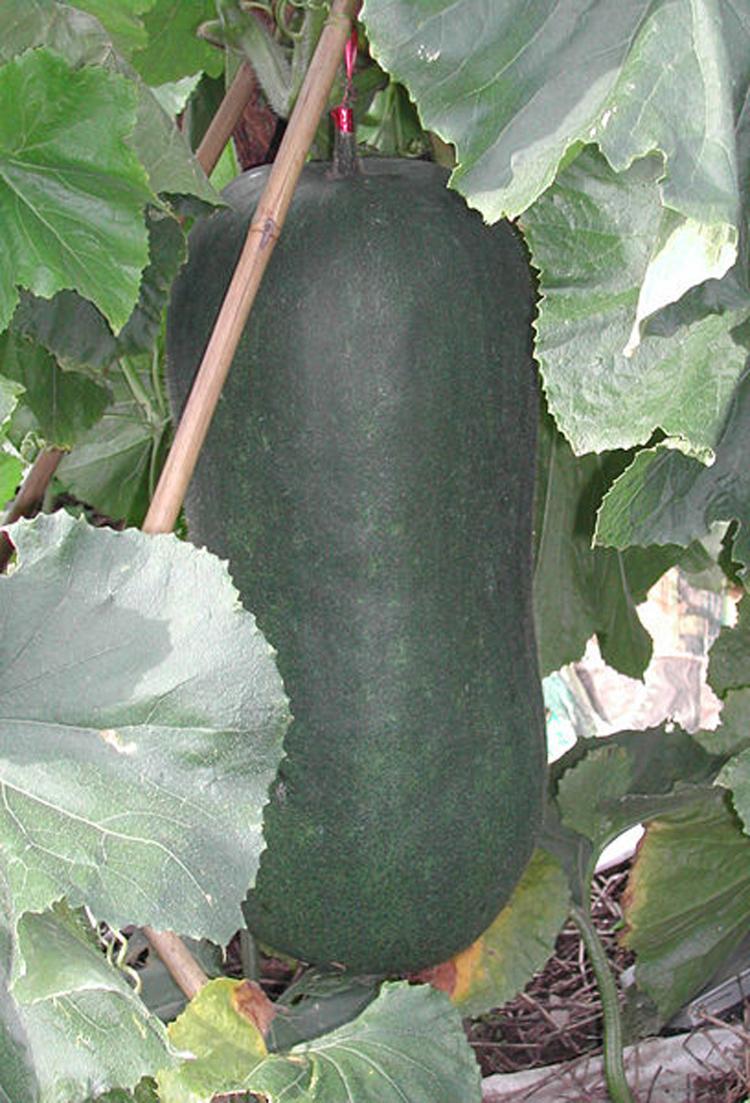In Chinese, diabetes may be referred to as “xiao ke” or wasting-thirst syndrome. The cause of wasting-thirst syndrome is understood to be a deficiency of yin in the body, along with a heat pathogen affecting the lungs, stomach, and kidneys.
When yin is deficient, heat is produced. When heat is present, it “burns up” yin. Thus, the most common symptoms of diabetes are excessive thirst, hunger, and urination, which are associated with the upper burner, the middle burner, and lower burners, respectively. Diabetes is often referred to as upper burner, middle burner, and lower burner wasting-thirst patterns of disharmony.
They are all associated with yin deficiency. In Chinese medicine, it is understood that people who drink alcohol, eat sweet or fatty foods, and lead an irregular, unhealthy, or sedentary lifestyle have a tendency to develop xiao ke syndrome.
Emotional disturbances can also contribute to xiao ke. A yin deficiency may be characterized by lethargy, weakness, and a pale complexion. Energy channels are blocked and a stagnation or thickening of the blood results.
Eventually, toxic heat is generated. This consumes the vital organs’ fluid, causing organ malfunction and disharmony between the lungs, stomach, and kidneys.
How does Chinese medicine treat diabetes?
Chinese medicine does not measure calories or carbohydrates in food as Western medicine does. Rather, Chinese medicine seeks an individualized treatment in order to address and treat the symptoms of individual patients, their patterns of disharmony, and points of deficiency.
When looking at diabetes, Chinese medicine takes a holistic approach and makes detailed observations about a patient’s current state.
This includes a four-part examination—looking, listening or smelling, touching, and asking. It includes examining the shape, color, and coating of the tongue; the color and expression of the face; the odor of the breath and body; and the strength, rhythm, and quality of the pulse.
Chinese herbs can help to replenish yin deficiencies that contribute to diabetes. Depending on the specific case, herbs that will stimulate yin in the lungs, stomach, spleen, or kidneys may be prescribed.
Acupuncture may also be employed in treating diabetes. Just as in Western medicine, Chinese medicine places emphasis on proper diet and nutrition in promoting good health. However, it presents a different understanding of how food interacts with the human body. The energy properties of food determine their therapeutic effectiveness rather than the nutritional content.
For example, spinach is said to be cooling. It strengthens the organs, quenches thirst, and promotes urination. Bamboo shoots and bok choy also have a cooling effect. Celery tonifies the kidneys and clears heat. Winter melon is quite effective in regulating blood sugar.
Chinese herbal medicines are a core part of diabetes management. The most effective, non-toxic herbs with substantial evidence of efficacy include European blueberry, bitter melon, onion, garlic, fenugreek, ginkgo biloba, and ginseng.
When yin is deficient, heat is produced. When heat is present, it “burns up” yin. Thus, the most common symptoms of diabetes are excessive thirst, hunger, and urination, which are associated with the upper burner, the middle burner, and lower burners, respectively. Diabetes is often referred to as upper burner, middle burner, and lower burner wasting-thirst patterns of disharmony.
They are all associated with yin deficiency. In Chinese medicine, it is understood that people who drink alcohol, eat sweet or fatty foods, and lead an irregular, unhealthy, or sedentary lifestyle have a tendency to develop xiao ke syndrome.
Emotional disturbances can also contribute to xiao ke. A yin deficiency may be characterized by lethargy, weakness, and a pale complexion. Energy channels are blocked and a stagnation or thickening of the blood results.
Eventually, toxic heat is generated. This consumes the vital organs’ fluid, causing organ malfunction and disharmony between the lungs, stomach, and kidneys.
How does Chinese medicine treat diabetes?
Chinese medicine does not measure calories or carbohydrates in food as Western medicine does. Rather, Chinese medicine seeks an individualized treatment in order to address and treat the symptoms of individual patients, their patterns of disharmony, and points of deficiency.
When looking at diabetes, Chinese medicine takes a holistic approach and makes detailed observations about a patient’s current state.
This includes a four-part examination—looking, listening or smelling, touching, and asking. It includes examining the shape, color, and coating of the tongue; the color and expression of the face; the odor of the breath and body; and the strength, rhythm, and quality of the pulse.
Chinese herbs can help to replenish yin deficiencies that contribute to diabetes. Depending on the specific case, herbs that will stimulate yin in the lungs, stomach, spleen, or kidneys may be prescribed.
Acupuncture may also be employed in treating diabetes. Just as in Western medicine, Chinese medicine places emphasis on proper diet and nutrition in promoting good health. However, it presents a different understanding of how food interacts with the human body. The energy properties of food determine their therapeutic effectiveness rather than the nutritional content.
For example, spinach is said to be cooling. It strengthens the organs, quenches thirst, and promotes urination. Bamboo shoots and bok choy also have a cooling effect. Celery tonifies the kidneys and clears heat. Winter melon is quite effective in regulating blood sugar.
Chinese herbal medicines are a core part of diabetes management. The most effective, non-toxic herbs with substantial evidence of efficacy include European blueberry, bitter melon, onion, garlic, fenugreek, ginkgo biloba, and ginseng.
Dr. Benjamin Kong from Sweden and Dr. Xiu Zhou from Germany are the principal editors of the China Research Group.







Friends Read Free